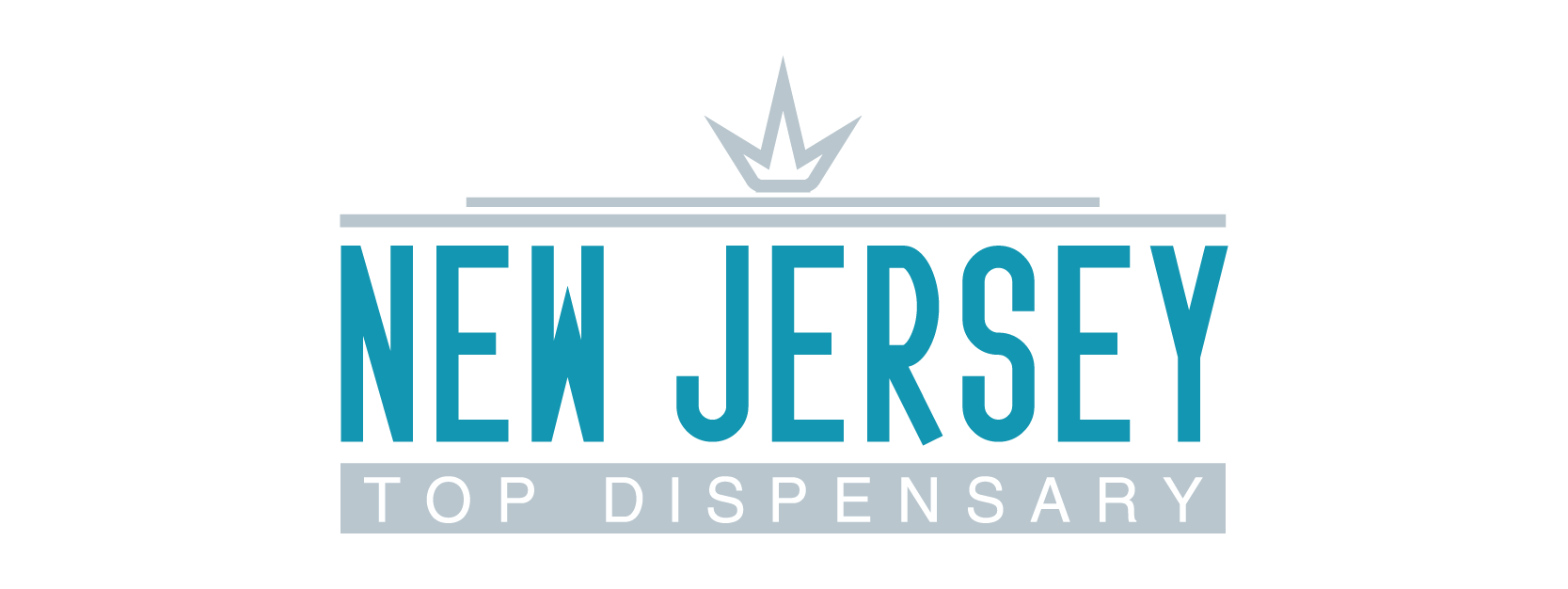When walking into a dispensary, you’ll often hear terms like “top-shelf,” “mid-shelf,” and “budget” to describe cannabis products. These tiered classifications help customers understand the quality, potency, and overall experience they can expect from different strains. But what exactly do these labels mean, and how should they influence your purchasing decisions? Let’s break it down.
Top-Shelf (Premium or Exotic Cannabis)
Top-shelf cannabis, also known as “premium,” “craft,” or “exotic” flower, represents the highest quality products available at a dispensary. These strains are carefully cultivated, often by experienced growers who prioritize genetics, terpene profiles, and cannabinoid content. Here’s what makes top-shelf cannabis stand out:
- Potency: Typically contains high THC or balanced cannabinoid profiles, making it ideal for experienced consumers seeking strong effects.
- Aroma and Flavor: Strong, rich terpene profiles contribute to a more intense and enjoyable flavor and aroma.
- Appearance: Dense, trichome-covered buds with vibrant colors like deep greens, purples, and bright orange hairs.
- Cultivation: Often grown in small batches with meticulous attention to detail, including hand-trimming and extended curing processes.
Since top-shelf cannabis requires premium care from seed to sale, it’s usually the most expensive option at a dispensary. Customers looking for the best experience in terms of flavor, potency, and smoothness often choose this tier.
Mid-Shelf (Standard or Value Cannabis)
Mid-tier cannabis provides a balance between affordability and quality, making it a popular choice for regular consumers. While not as visually stunning or aromatic as top-shelf strains, mid-shelf flower still offers a satisfying experience.
- Potency: Moderate THC levels that are effective but may not be as long-lasting or intense as top-shelf products.
- Aroma and Flavor: Noticeable terpene presence but sometimes less pronounced than premium strains.
- Appearance: Buds may be slightly less dense or colorful but still visually appealing with some trichome coverage.
- Cultivation: Often grown on a larger scale than top-shelf cannabis, sometimes with machine trimming instead of hand-trimming.
Mid-tier cannabis is great for those who want good quality without the premium price tag. It’s suitable for both casual and medical consumers who prioritize consistency and affordability.
Budget or Bottom-Shelf Cannabis (Popcorn or Shake)
Budget cannabis, also called “bottom-shelf” or “value” cannabis, is the most affordable option at dispensaries. While it may not have the same aesthetic appeal or potency as higher-tier strains, it still serves a purpose for many consumers.
- Potency: Generally lower THC content compared to mid- and top-shelf flower.
- Aroma and Flavor: May have a weaker terpene profile, leading to a less complex taste and smell.
- Appearance: Smaller buds (sometimes called “popcorn nugs”) or shake (loose cannabis pieces).
- Cultivation: Often consists of lower-grade buds from larger harvests, with less curing and refinement.
Budget cannabis is ideal for cost-conscious customers, those making edibles, or consumers who prefer a milder experience.
Which Tier Is Right for You?
The right choice depends on your budget, desired effects, and consumption method. If you want the best experience, top-shelf is worth the investment. If you’re looking for balance, mid-tier is a solid choice. For those who prioritize savings over aesthetics or potency, budget options work well.
Understanding cannabis strain tiers helps consumers make informed decisions at the dispensary, ensuring they get the best value for their needs.
Discover more: How Long Is Cannabis Flower Good For Once Opened? Tips for Proper Storage
